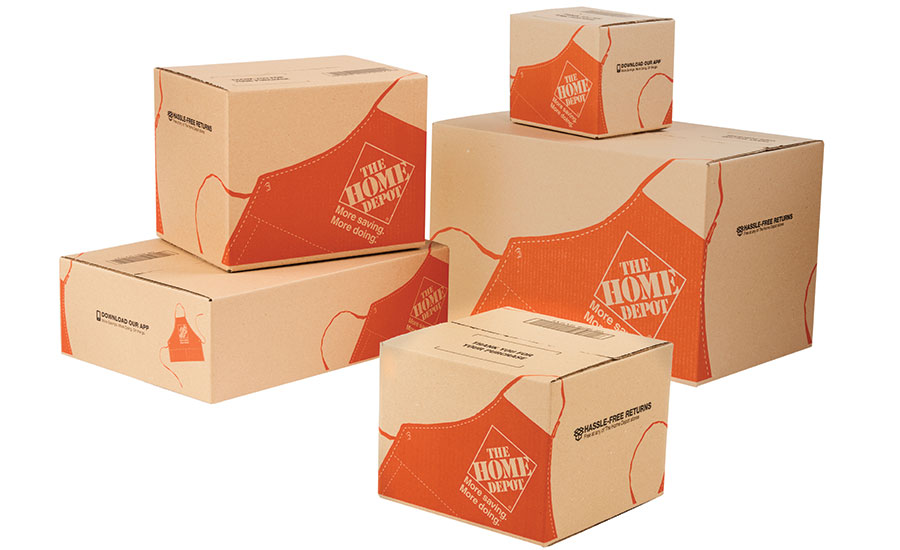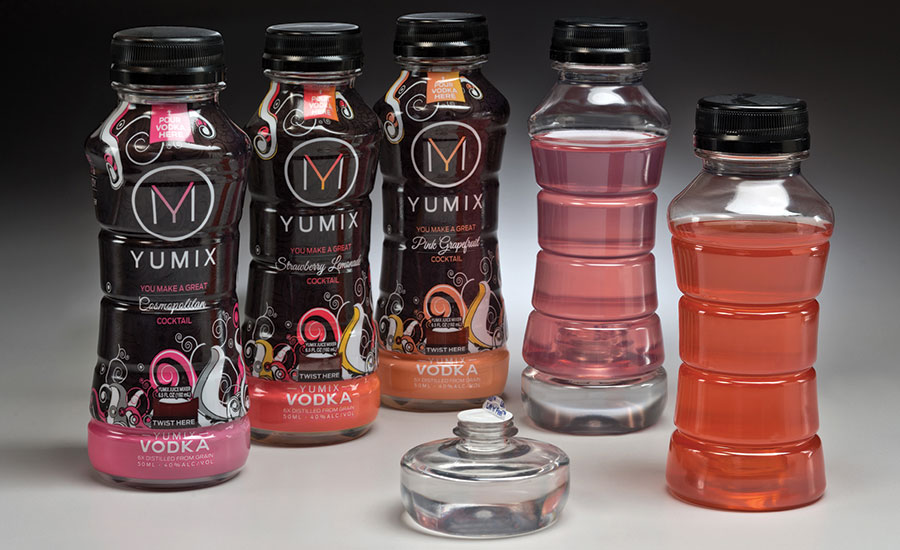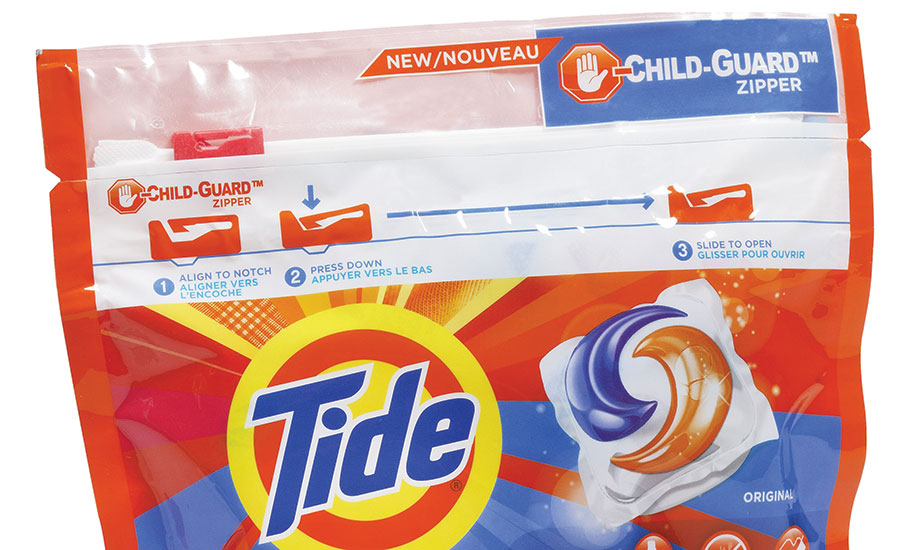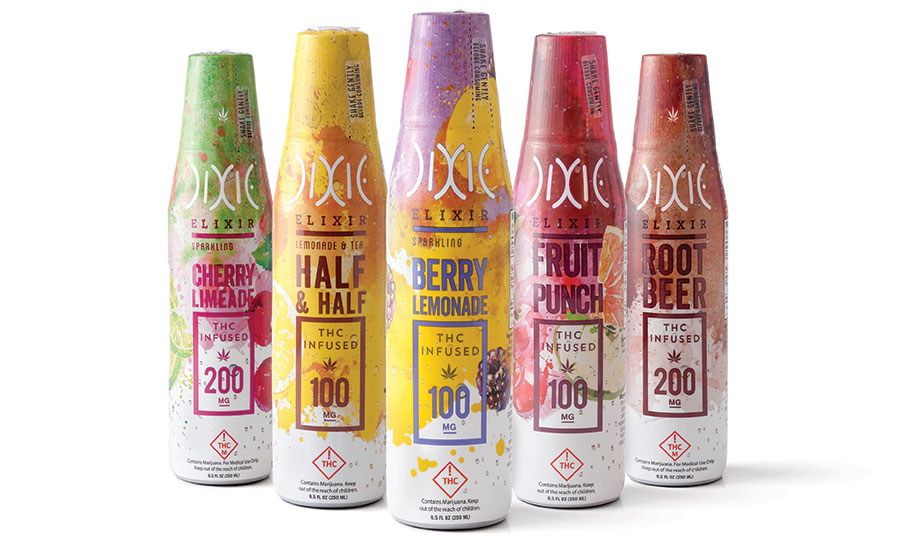Packaging innovation can be a chicken-or-the-egg situation. Is the innovation being driven by consumer trends, or is new and inventive packaging driving trends among consumer packaged goods? It would probably be easier to argue that the trends are driving innovations in packaging.
The year 2017 saw a number of developments in products and changes in consumer attitudes that prompted the design of inventive packaging designed to meet emerging needs. You can expect these trends to continue this year. Market research firm Mintel (mintel.com) recently identified five major trends that they expect in 2018:
Packaged Planet: Food and packaging waste are becoming major concerns for consumers worldwide. However, consumers are beginning to understand the role packaging can play in reducing food waste, which is generally considered a larger problem than packaging waste. Mintel anticipates a focus on packaging innovations that extend food freshness, preserve ingredient fortification and ensure safe delivery.
Ecommerce Packaging: More consumers are turning to online shopping due to the convenience it offers. However, shoppers still expect the experience with packaging to mirror what they would find in stores. Mintel notes manufacturers should consider how packs will be viewed online and the transit packaging is designed to deliver on-brand experiences.
Clean Labels: It’s a tough balance providing all the information that consumers want about the product without turning them off by overloading the package in a way that diminishes its ability to sell the product. Brand owners should seek to provide “a moment of calm and clarity for shoppers in an increasingly hectic retail environment,” according to Mintel.
Ocean Pollution: Much of today’s packaging waste—especially lightweight plastics—eventually ends up in the ocean. Scientists estimate plastic containers may already outnumber sea creatures in the world’s oceans. In an effort to keep plastic from entering waterways, a renewed effort toward the circular economy is needed to increase packaging material reusability.
Reinvigorating Center Store: With millennial and gen Z consumers spending more time shopping fresh products in the store perimeter, Mintel reports the use of transparent materials, contemporary designs, recyclability and unique shapes in packaging can draw these consumers back to center-store aisles.
While those trends have come to the forefront very recently, others that are having a major effect on packaging have continued to develop over several years. These include convenience, safety, active and intelligent packaging, right-sizing, new materials, flexible packaging and, of course, sustainability.
E-COMMERCE OFFERS OPPORTUNITIES

E-commerce has become a growing concern—and opportunity—as it has gained market share and threatened brick-and-mortar retailers. Challenges have arisen in protecting products being shipped, preventing breakage, maintaining brand equity and trying to ensure that the packaging is as sustainable as possible.
Much of the emphasis in e-commerce has been on the secondary packaging required for shipping products from distribution centers to customers’ homes. Using the right-sized packaging is important because the retailers want to control packaging costs and nobody wants to get rid of excessive packaging.
Amazon has launched an extensive campaign to control the use of secondary packaging. While sustainability is a major factor, Amazon and other retailers such as Home Depot want to make sure they have branding on their brown boxes. Home Depot has added the iconic orange aprons that employees wear in the stores to their shipping boxes to reinforce their brand messaging.
CONSUMERS DEMAND CONVENIENCE

Today’s consumers are busy, and convenience is important to them. That is why many packaging innovations are centered around convenience factors, such as smaller, single-use, recloseable, microwaveable, easy-pour and easy-open packaging.
CPGs increasingly turning to single-use packages to match up with how consumers use the product. ConAgra introduced Hunt’s Recipe Ready pouches to replace the ubiquitous 6 oz. tomato paste can. The pouch, developed by Bemis (bemis.com) offered unprecedented convenience with mess-free, pre-measured 2 tbsp. portions. Consumers simply tear, dispense and toss, with no excess waste. Advanced barrier films withstand the acidic paste and hot-fill process, deliver a one-year shelf life and offer sustainability gains over heavier cans.
One example of convenience packaging is a two-compartment package—with the bottom container snapping into the base of the larger top bottle—that is being used to launch a portable, shelf-stable cocktail line. Called the Clasper bottle, the package development was driven by brand owner Yumix’s desire to give adult consumers a great tasting cocktail, which they could mix themselves anywhere, anytime.
The Clasper bottle, engineered by Plastic Technologies (plastictechnologies.com), is a combination of two PET containers and a shrink label. The bottom holds 50 ml of premium alcohol and features a heat-applied aluminum-foil seal. The main bottle holds 6.5 ounces of hot-filled, shelf-stable juice and is topped by a 38-mm polypropylene closure. Added visual appeal is provided by shrink-label graphics which also include usage instructions. To use, the consumer simply tears open the shrink sleeve at the seam between the top and bottom containers, separates the containers and pours the alcohol into the juice to create an instant cocktail. Portability, as well as taking the guesswork out of cocktail mixing and achieving a great flavor profile, every time, were just some of the objectives.
INTEGRATING ONLINE FEATURES
CPGs also are beginning to realize the power of the internet and how it can be used to enhance packaging. Increasingly they are adding promotional features that are meant to engage shoppers. A prime example is 19 Crimes (19crimes.com), a fast-growing brand that’s part of the Treasury Wine Estates portfolio. It uses augmented reality (AR) to tell the story of men and women exiled from 18th and 19th century Britain to Australia. The brand leverages new media technology through the use of an AR mobile app that brings on-pack labels for different varietals to life as infamous rogues tell their story from the label, offering consumers a new way to engage with the brand.

Product safety and package security using tamper proof and other seals is proving of importance in all kinds of products, especially in the food and pharmaceutical sectors. A prime example is the growing concern about the popular dissolvable laundry detergent pods, which may look like candy to young children. Procter & Gamble, among several brands, has begun using the Child-Guard Child Resistant Slider, a closure designed by Presto Products (prestoproducts.com), on the flexible packaging pouches in which it sells its market-leading Tide laundry pods. This pouch zipper makes a package very difficult for a young child to open.

As more states pass laws legalizing use of cannabis products, marijuana producers have been quick to adapt packaging to the many forms of their products. One example is Dixie Elixirs. The company has been at the forefront of the legal changes in the cannabis industry. New regulations require tamper evidence, child-resistant closures that re-seal, as well as a dosage cup. Since no stock package currently existed, a custom design was necessary was designed by TricorBraun (tricorbraun.com). It utilizes a rigid plastic bottle with shrink sleeves. The package includes the child-resistant closure, an opaque PET plastic so that users don’t see the product, tamper-evident shrink sleeve and graphics aligned with the established brand image. Optimizing the cap was key so that the product’s taste and carbonation were not sacrificed.
SUSTAINABILITY SPURS INNOVATIONS
Sustainability and environmental factors continue to play an important role in packaging. Thanks to consumer demand and also the manufacturers desire to be perceived as green, recycled or recyclable packaging that does not add to landfill and pollution problems is vital. This has led to more and more companies choosing lightweight plastics for their packaging in place of heavier glass and metal containers, despite the fact that these materials are easily recyclable.
Flexibles such as stand-up pouches and pillow pouches are becoming the packaging of choice, due to their improving barrier properties that provide longer shelf life, reduced material usage, transportation advantages and better retail display. While flexible packaging is the fastest-growing packaging segment, the one factor limiting its growth is its recyclability. Since many of these packages are laminated structures, they cannot be recycled and end up going to landfills.
Multiple organizations, including the Flexible Packaging Association and Sustainable Packaging Coalition (SPC), have been working on ways to solve this problem. Variations in recycling programs, unclear labeling, and inaccurate recyclability claims make proper recycling a challenge. The SPC introduced the How2Recycle labeling system to provide consistent and transparent on-package recycling information to the public. While the How2Recycle labels can be applied to all types of packaging, they may be particularly important for plastics, where the type of resin used often is not apparent to the consumer.
This innovative program is gaining ground and now includes more than 65 member companies that place the How2Recycle label on packaging to inform consumers how to recycle accurately and where to go if they need to find information specific to their municipality.






